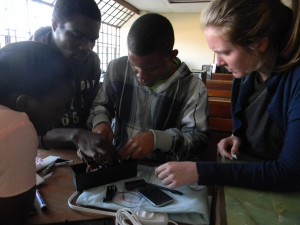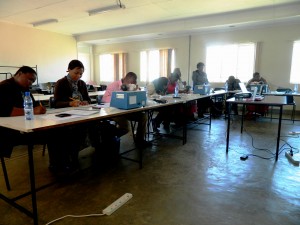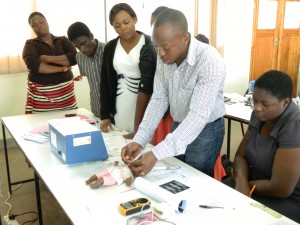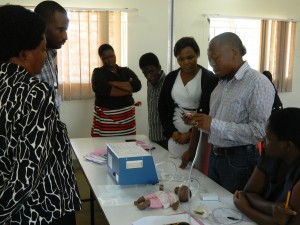Malawi is officially ranked as one of the world’s poorest countries in terms of GDP per capita, but it’s often hard to see what that means when you’re living in the commercial capital of the country. No doubt, there’s a different standard of living, but the people here are thriving and Blantyre’s hilly streets run with the ebb and flow of a healthy city. Yet, when you look at the statistics, 40% of Malawi’s budget comes from donors and foreign aid. Or, rather, it used to. In 2013, the EU, World Bank, and the UK all withdrew aid to Malawi over “cashgate” (1)–a corruption scandal that involved high-ranking members of Joyce Banda’s administration, $10 million of misappropriated aid money, and a botched murder attempt (2). In the past when foreign donors withdrew aid under President Bingu wa Mutharika, Malawi operated on a “zero-deficit budget”, mandating cuts across the board that sent the country reeling with fuel shortages and commodity scarcities. This time, however, President Peter Mutharika (not to be confused with his brother) adopted a “zero-aid budget” that left a 107 billion kwacha ($150 million) deficit (3).
The effects of the aid cuts aren’t readily apparent to the untrained eye. Even after being underfunded and underprepared for the flooding earlier this year, the country seems to have returned fairly quickly to business as usual. However, when talking to people at Queens, it seems that almost every dilemma leads back to the lack of aid. Dr. Edward Kommwa first mentioned this to us when we were studying MgSO4 procedures in the Maternity Ward. He explained that for the past two years, Queens has had to deal with intermittent drug shortages due to the lack of donor aid. Since Malawi still relies on its remaining aid flows from countries such as China, India, and Russia, it gets a lot of its pharmaceutical products from these nations in the form of donations or cheap contracts. The $150 billion deficit has made it hard to acquire a steady supply of drugs even with outside help. Just last year there was an entire month during which the Maternity Ward had no access to MgSO4 for its pre-eclamptic mothers. “One of the most frustrating experiences was knowing exactly what was wrong with my patient and how to fix it, but being unable to do anything about it,” Edward noted grimly. Clearly, fluctuating and conditional foreign aid has far reaching consequences, creating instability and uncertainty in government-run establishments like QECH.
An unopened donation from “People of India to the People of Malawi”
The other aspect of medical procurement involves hospital machines and equipment. As I mentioned in my previous post, PAM is in charge of maintaining, inspecting, and repairing medical equipment, but budget cuts have relegated PAM’s efforts to the back burner. If PAM is a graveyard for broken machines, then the headstones are the paper labels inscribed with the names of a dozen donor nations. Though Malawi still receives aid in the form of capital, the problem is that the donated equipment is often unnecessary or hard to maintain. Joseph, a PAM engineer who graciously answered our barrage of questions, pointed to a wall of boxes twice my height explaining that they were soft collars that were donated to QECH instead of the hard neck braces that the hospital needed. So the collars were going to be sold for a few hundred kwacha each, which in American currency amounts to pennies on the dollar. Moreover, even the useful donations (oxygen concentrators, suction pumps, autoclaves) usually end up breaking. In a lot of cases, it’s nearly impossible for PAM to get the correct parts to fix the machines because the budget is out of their hands and hospitals usually choose to spend what little money they have on life-saving drugs rather than machine repairs.
Various models and brands of donated suction pumps on the shelves at PAM
The conversations I’ve had with Edward and Joseph have taught me how essential it is to develop sustainable interventions. Currently the Malawian government is trying to win back favor with its donors by rooting out corruption with the help of institutions like the Anti-Corruption Bureau (4). In the meantime, health interventions and technologies need to focus on local sourcing and manufacturing as well as supply chain solutions that don’t rely exclusively on foreign aid. This level of sustainability obviously can’t be achieved overnight, but moving in this direction is beneficial because it encourages the convergence of advances in healthcare and economics, creating a positive feedback loop for innovation and economic growth.












